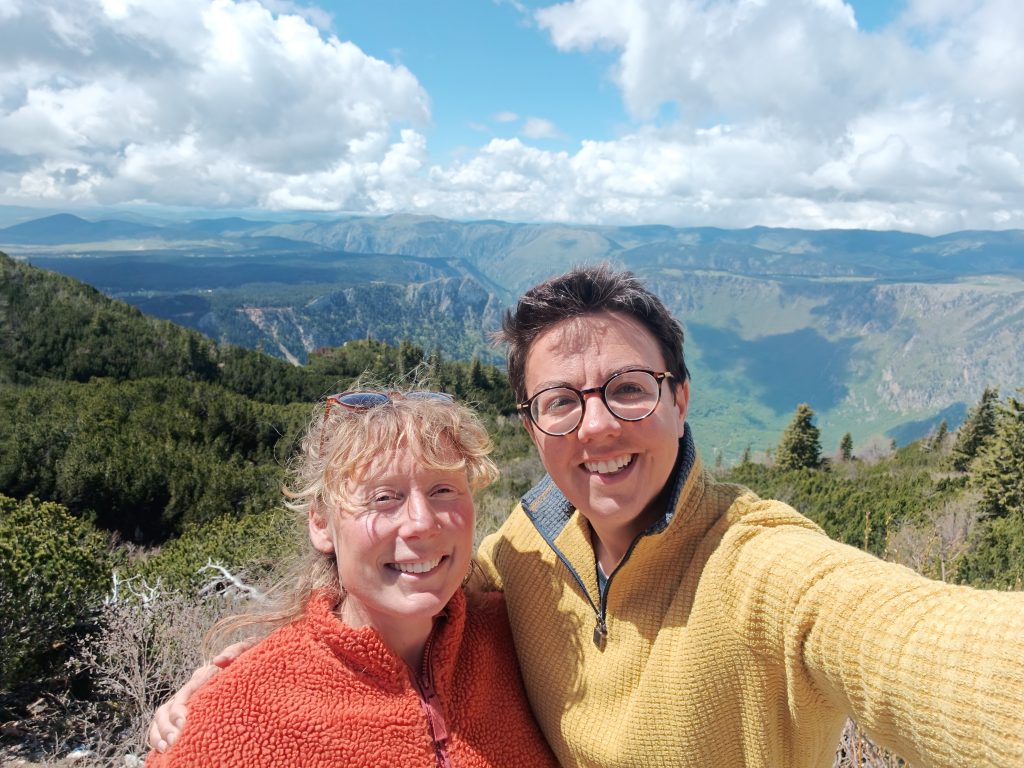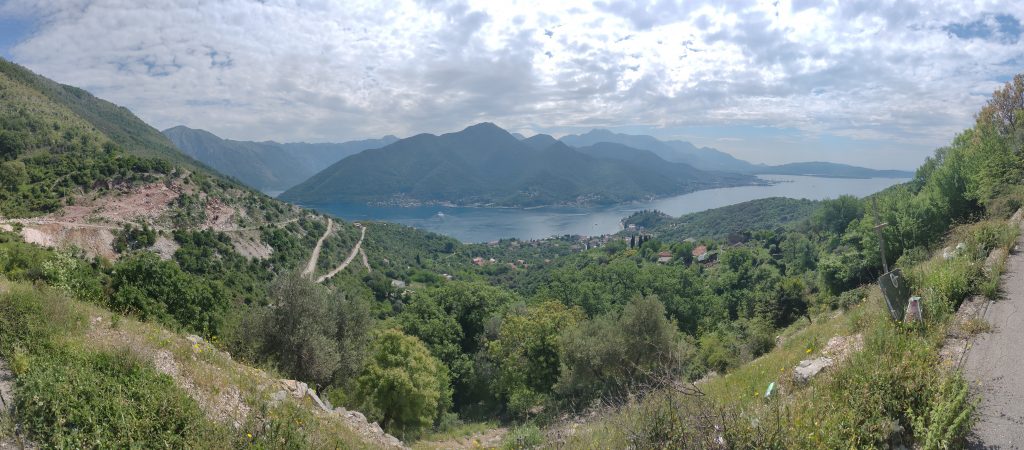After seven years without a proper break, we finally left the farm.
It’s never easy. Anyone who’s run a farm business knows the deep tug of responsibility—plants to water, animals to feed, early mornings and endless lists. But this spring, we swapped boots for backpacks and flew to Montenegro for our first holiday away in years. As expected, it turned into something of a busman’s holiday.
We didn’t just want a rest. We wanted inspiration.
A Land Alive with Farming
Montenegro gave us that in abundance. We were blown away by the sheer beauty and variety of the landscape—from the warm, olive-strewn Mediterranean coast, to vast lakes shimmering with birdlife, and up into towering mountains where snow still lingered on the peaks. But more than the views, it was the traditional farms adorning these landscapes that filled us with awe.
These are farms where mixed farming still thrives. Not as some fashionable revival, but because it’s how things have always been done. A few cows milked each day. Manure collected and spread on vegetable beds so abundant they made our jaws drop. Sheep and cattle grazing open, common land—plains in the lowlands, wildflower meadows on the mountainsides. Pigs snuffling through orchards. Wheat grown for the household’s own bread. No one calls it “organic”—it just is.
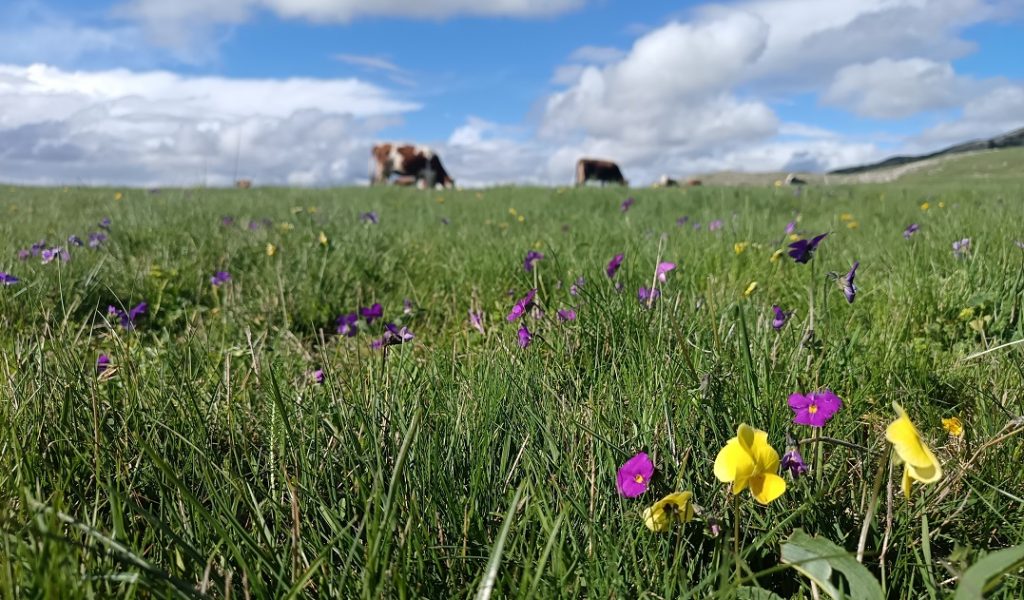
Biodiversity Everywhere
And the results? Breathtaking.
We kept pulling over during drives—what should’ve been four hours would take us eight—because we couldn’t help but stop to watch: cows browsing herbal pastures, shepherds guiding flocks over hillsides, birds filling the skies. Everywhere we went, the air buzzed with life. Orchids and wild thyme underfoot, cuckoos calling from the trees, skylarks dancing above the fields. With help from the Merlin bird app, we even identified golden oriole, hoopoe, and the elusive wryneck—birds we’d only ever dreamed of seeing.
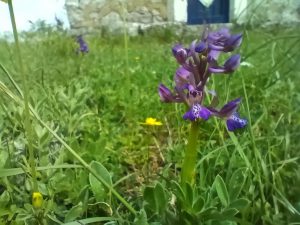
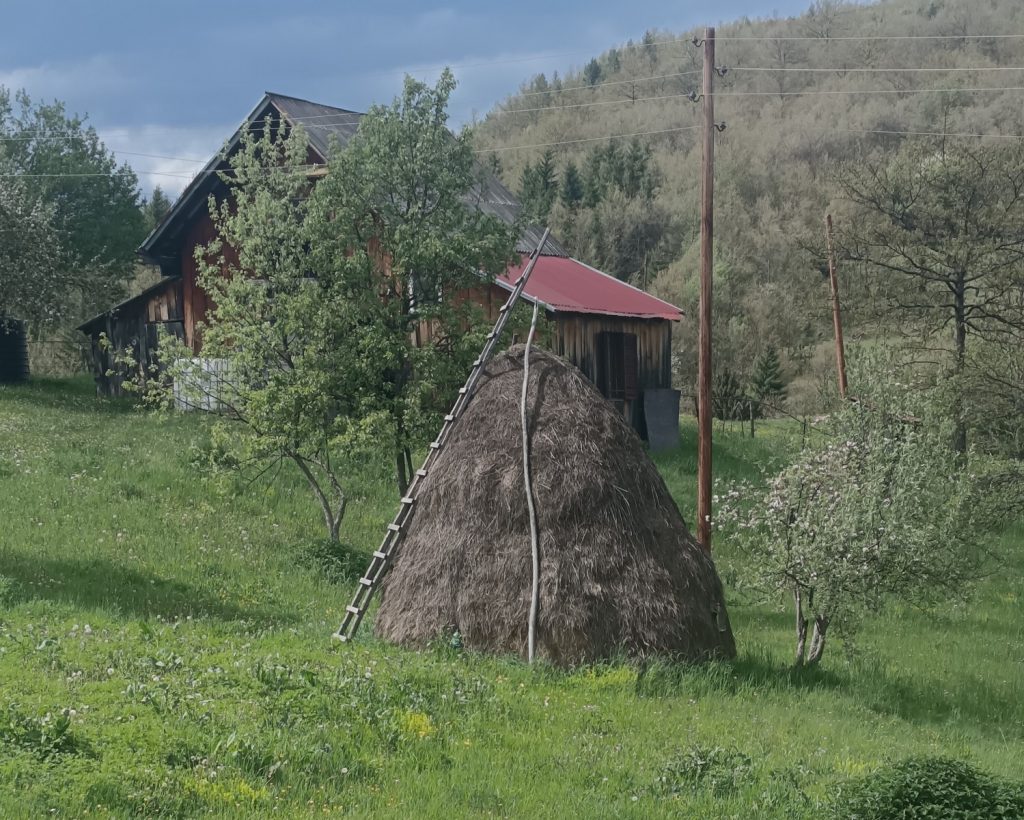
We stayed on three different farms, each one stunning in its own way, and travelled over 650 miles, including a magical kayak across Lake Skadar, where the lily pads stretch for miles and herons stalk the reed beds. We spotted mountain hares in Durmitor National Park, watched giant grasshoppers launch themselves across tracks, and even saw a legless lizard (that looked very much like a snake, to Amelia’s alarm).
Food That Tells a Story
And then there was the food.
It’s the kind of food you always hope to find but rarely do—local, organic as standard, and lovingly prepared on farm. Homemade cheeses, air-dried hams, their famous salty cream (somewhere between crème fraîche and clotted cream), own-reared honey and jam, and freshly baked bread with Priganice (tiny doughnut balls that we’re still dreaming of). Every breakfast was a celebration of the land and the work of the people on it.
We visited village markets and filled our bags with as much jam as we could carry—apricot, cherry, rosehip. The sort of food you’d like to live on forever.
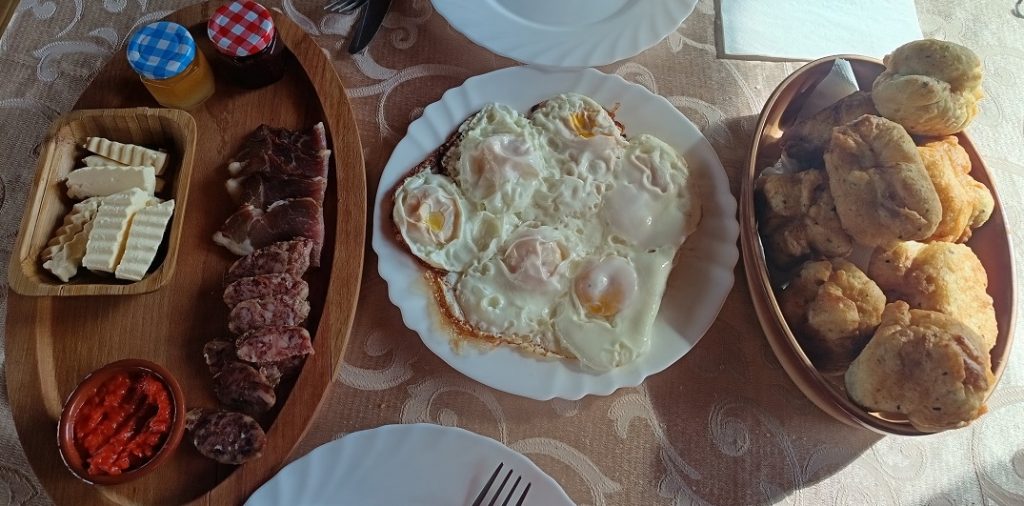
Real Inspiration
It’s not all rosy, of course. Tourism is creeping in fast in places, reshaping the economy and the landscape. But for now, the traditions remain. And we left feeling deeply heartened.
Because these farms—small, mixed, rooted in place and community—are doing what we’re trying to do at Real Food Garden. They’re proof that farming can nourish land, people and wildlife all at once. That you don’t need scale to feed a family or feed a village. You just need care, connection and a willingness to do things a little differently.
Coming Home, With Purpose
We came back with jam, yes. But more importantly, we came back with a renewed sense of purpose. Real Food Garden isn’t just a business—it’s part of a global movement, quietly keeping traditional farming alive.
And that, for us, was the real holiday gift.
